Throwback to Kontejner Lab with Kjersti Sundland
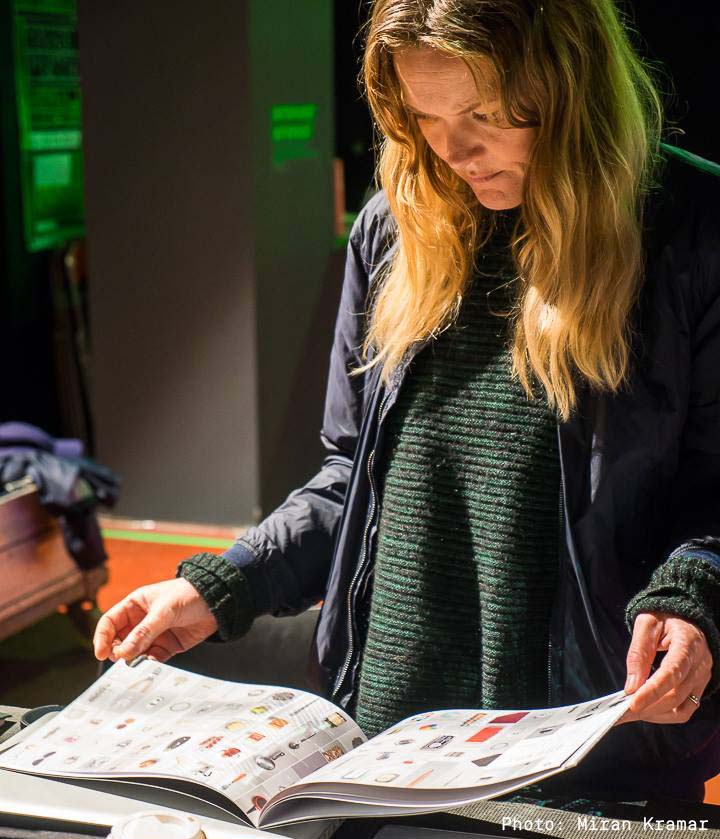
Kjersti Sundland is a Norwegian artist based in Bergen and introduced by BEK team to Kontejner staff as an International artists and resident for our past lab in Zagreb. In October 2017, Kjersti and three other artists (Ivana Franke (HR/DE), Lightune.G (HR) – Bojan Gagić and Miodrag Gladović) explored the civic space of Pogon Jedinstvo over five days. We discuss with her the creative process of the labs, its result and her feelings about this intense residency.
Future DiverCities: Did you undertake any action as preparation of the lab? How the cooperation between you, Kontejner and the other artists of the lab started?
Kjersti Sundland: I was invited by Kontejner to participate in the Lab. The contact was initiated by BEK, Bergen Centre for Electronic Art (Bergen, Norway) also part of the Future DiverCities Network.
FDC: What was the creative process of the Lab in Zagreb?
KS: Due to the intensive 5 days setup of the lab at Kontejner, the local artists Bojan and Miodrag decided together with Kontejner to prepare materials to explore, using conductive ink with Arduino to trigger sound. These tools served as a starting point for how we could work with the site.
FDC: How the skills of each artist were integrated within the creative process?
KS: I guess we are all engaged in our individual works with ideas related to the thresholds of perception; of the visible and audible – invisible and inaudible. During the lab we discussed how our different artistic practises could somehow meet, without it being compromise, but evolve into an interesting collective experiment.
FDC: Could you tell us about your work as an artist? Has the lab led to new inspirations or ideas for your own projects?
KS: I am at the moment an Artistic Research Fellow at the Faculty of Art, Music and Design at the University in Bergen. My project titled In the Presence of phantoms draws on ideas regarding how phantoms are part of our collective imaginary. The subject is reoccurring in the field of art, particularly present in photography, film and sound works. Through sound, video and installation works I am exploring how the phantom, or different kinds of hauntings can exists like anomalies inside our systems of communication, existing on a level of affect, outside what can easily be put into categories of emotion. To collaborate in such a short time frame with artist I did not know personally from before was an interesting challenge; I was inspired by the great skills and artistic practises of the other artists. I found their fine-tuning and attentive listening really inspiring. Questions like how to give voice to an object came up in our discussion. The phenomenon of the disembodied voice is something that I am very fascinated by, and that I am currently working with.
FDC : How the idea to use a table as artwork came between you and the other artists? Why this table reflects the story of Pogon?
KS : The idea to use the table came from our discussions on how we could work with the site, the material was lade on the table, and many ideas of what kinds of representations we could make, and how to approach the site was discussed. Then we started noticing the table itself, like how the everyday objects in our environment get invisible to us by being in our familiar surroundings. The material quality of the object kind of became like a map, marked by all the activities at Pogon over the years, and we thought it could be an interesting way to approach the question of the identity of the place on an abstract and poetic level.
FDC: What were the results and the impacts of the Kontejner lab?
KS: I guess the lab and the intensive 5-day setup, raised questions of how it could be possible to explore the work further, and what the existence of the table could be after the lab etc. I guess the result of the workshop is what we explored during the 6 days we worked together, the impact, and the possibility to work with the concept further is not set, we will see in the future I guess.
FDC: What was the strategy to invite the audience to use the table? How people react at the table contact?
KS: We used the format of the lab to really test our how the audience would approach the table as a tactile object, not by vision, but by touching the marks and materiality of the surface, generating sonic traces. Many of the audience were eager to `figure ‘out where the sound came from, how it was made, and the technical setup of the installation. I think if we had more time to work with the light conditions for the presentation, this would be done differently, enabling us to emphases more on the installation as an immersive experience. More time to work with the sound would also have been great. There were also issues with the light, as the projector stopped working the day of the presentation, so there where chance involved in the last minute decisions. But I guess this is the strength, to open up the lab for an audience; as a work in process, and not as a finalised work.
FDC: What are the difficulties you encountered during the lab? How did you overcome them?
KS: Working with technology is always going to be a trial and error, and the fact that lab was situated inside an exhibition space made restrictions on experimenting with the sound and light in the room. It also put limitations as to when we could work in the space. It would have been great to work in a closed off space, where we could have control over the light and sound conditions in the room, a place we could be present 24/7 if we wanted to. That being said, a closed of space could also work as a phase two in the project. But, I think this intensive lab situation opened up to focus on the process, not so much the end result, which was good. A lab work should always have space for trials, testing and errors.
FDC: What will you take away from this experience?
KS: It was great to get to know such interesting artist, and I really enjoyed our conversations and to learn about how they worked by making together. The crew at kontejner also amazed me; I really felt how much dedication and hard work the staff at the centre is putting into the place. It was also interesting to meet other people involved in the Future DiverCities network, and hear of the different approaches to the concept.
FDC: What evokes the notion of ‘Future DiverSocieties’ to you?
KS: To work with collaborations between culture and generations, can be powerful catalyst for tolerance and sharing of knowledge. Now that global culture is becoming more and more present everywhere, I also think it is important to take care of local cultural heritage, and to find new platforms for collaborations between local and International networks.
FDC: What would be your wish for a future city to be more diverse?
KS: To really acknowledge the importance of independent cultural spaces, places that acknowledges the power of imagination, and not commercial profit.


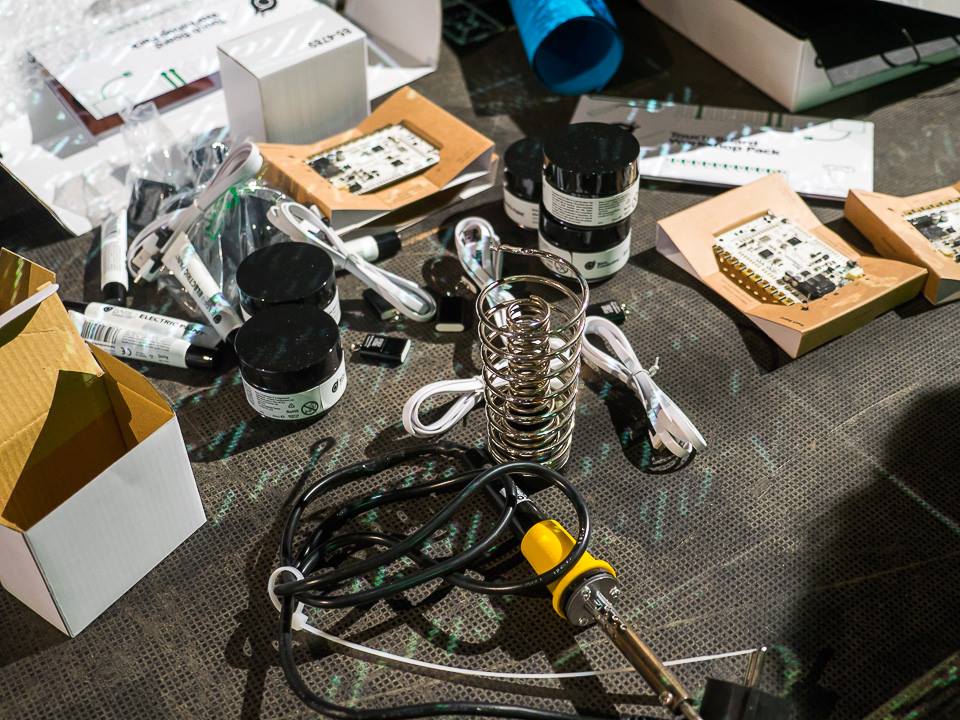
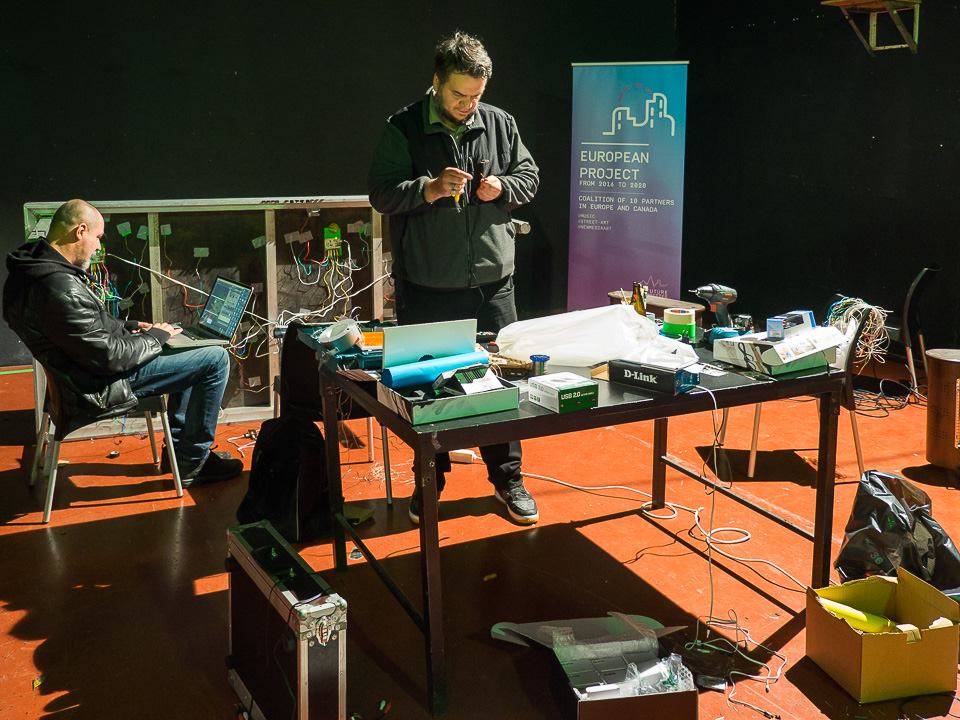
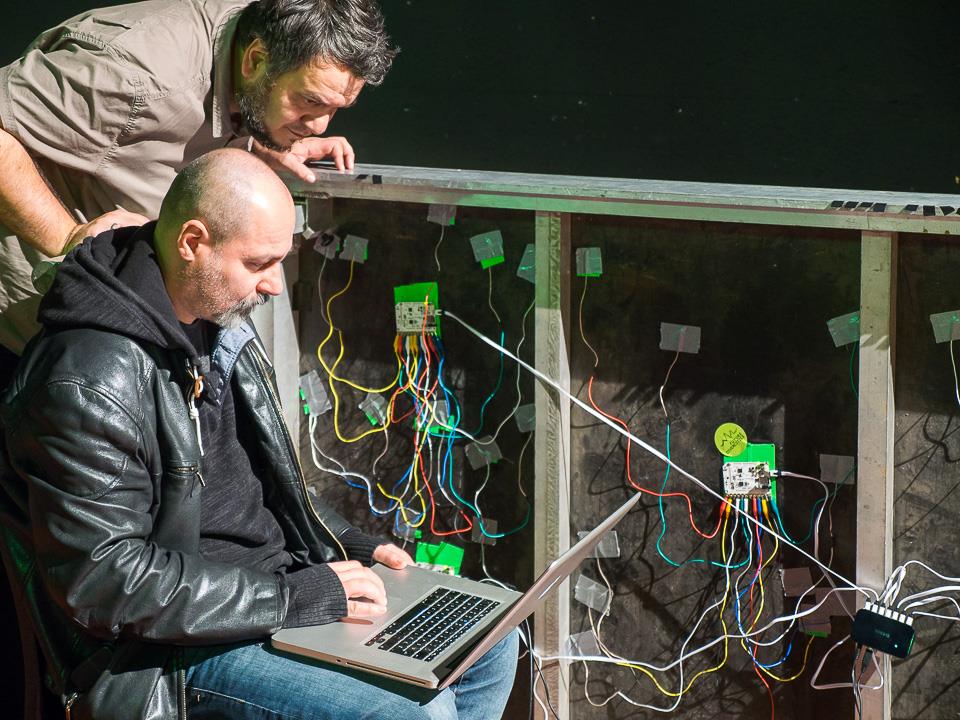
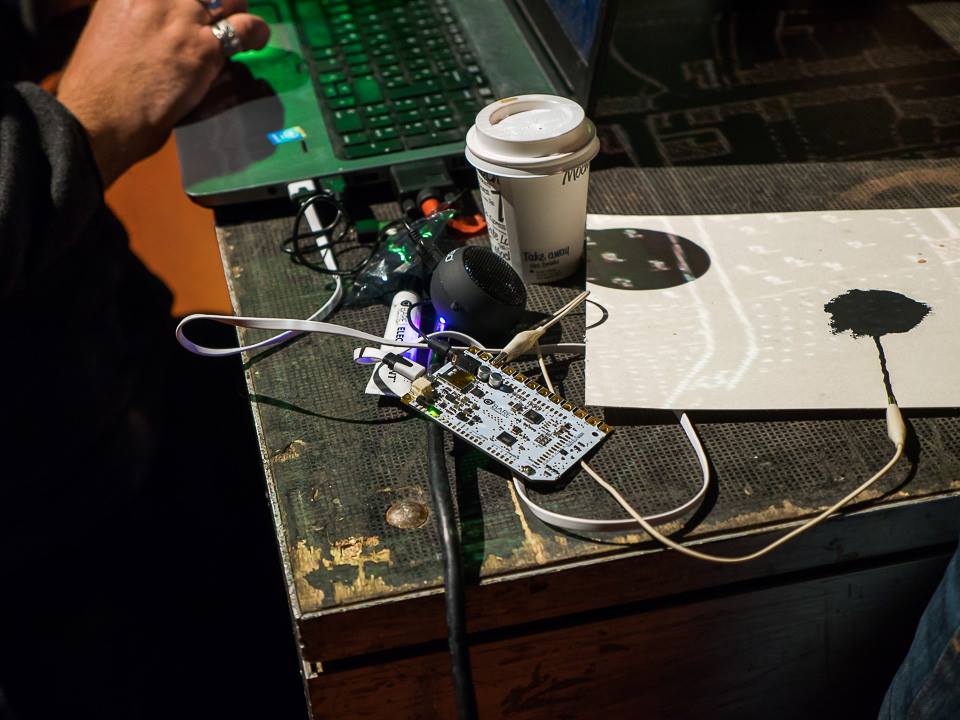

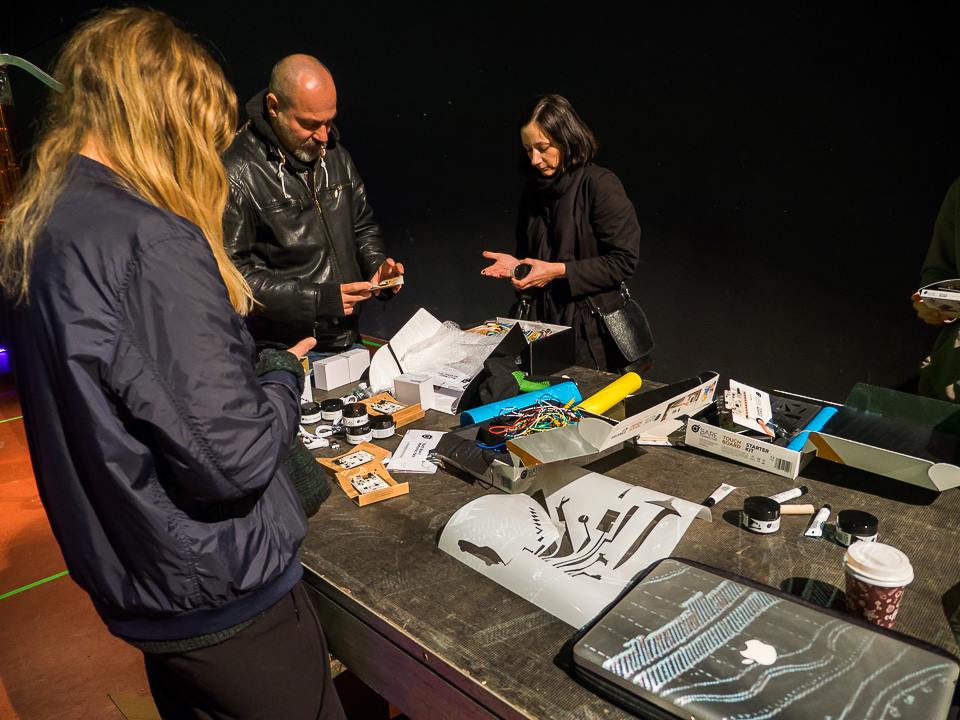
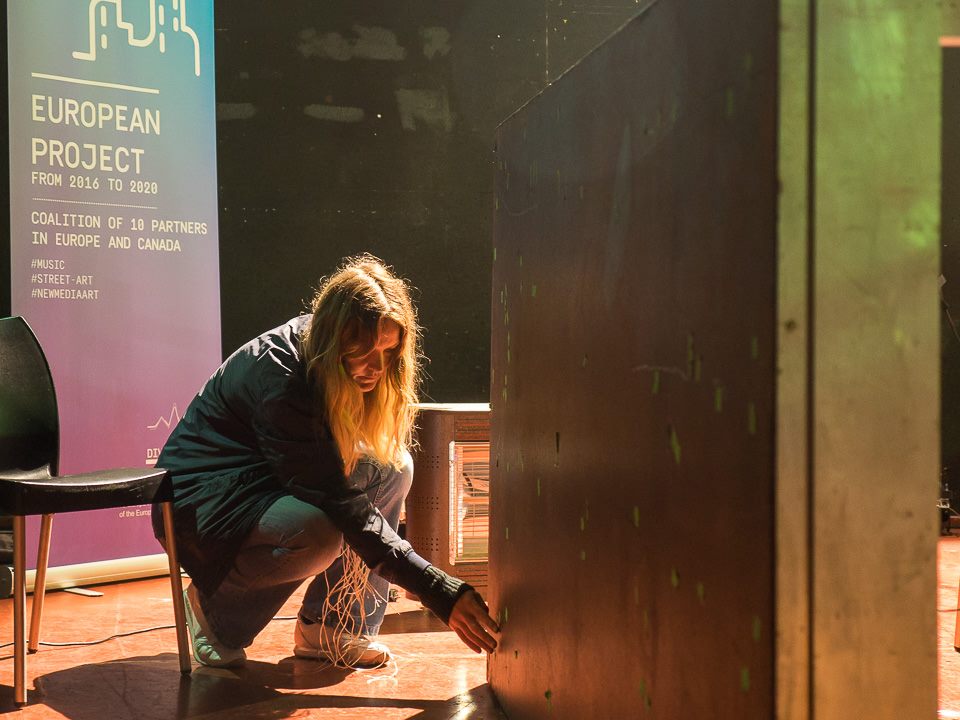
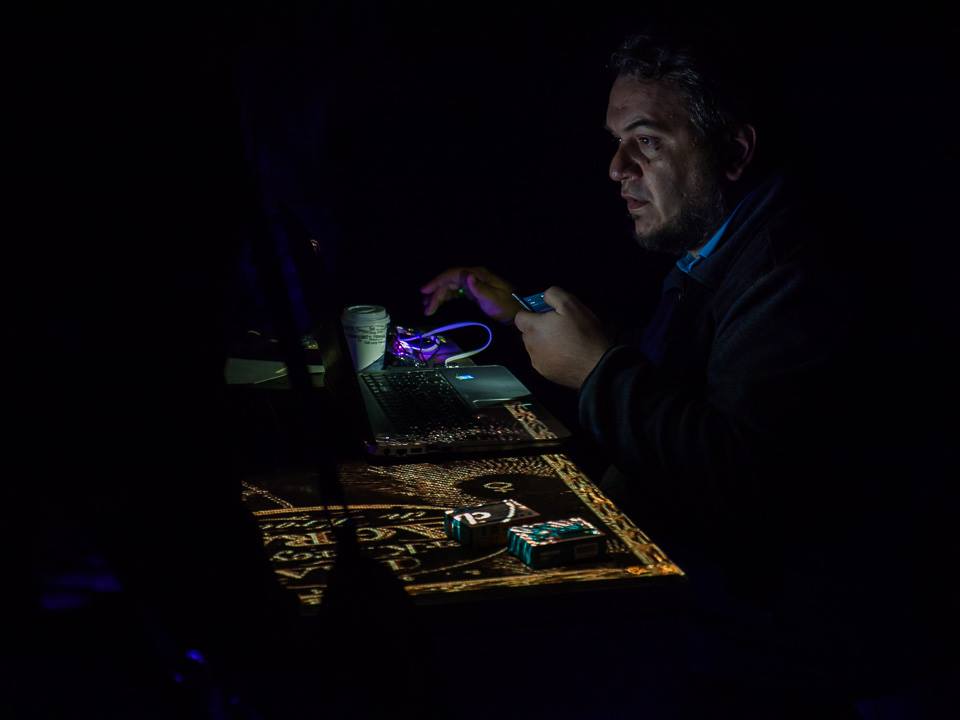
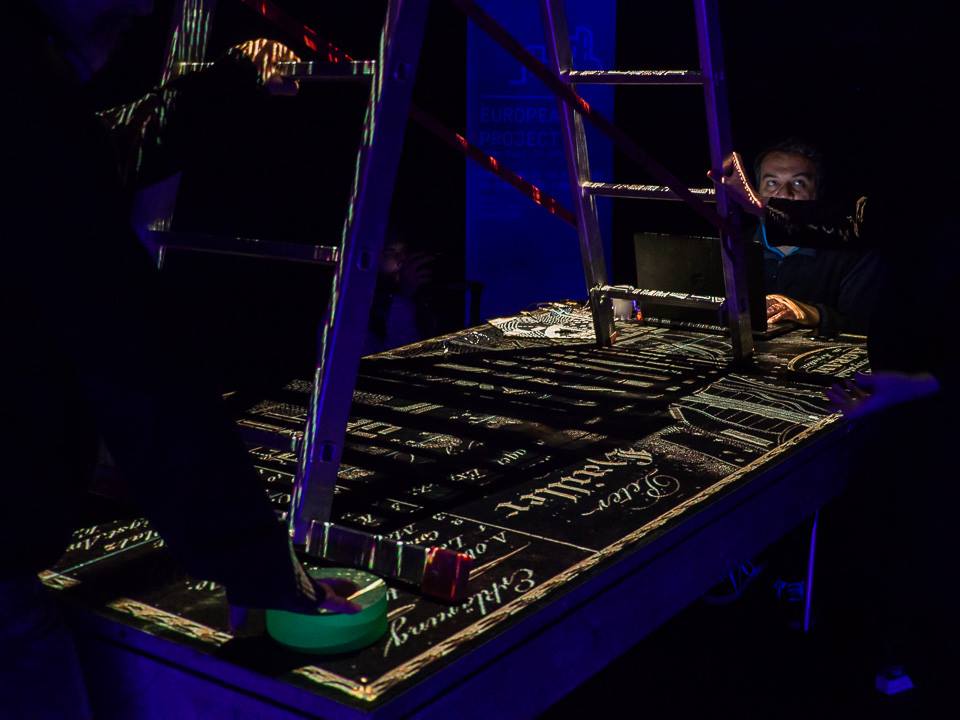
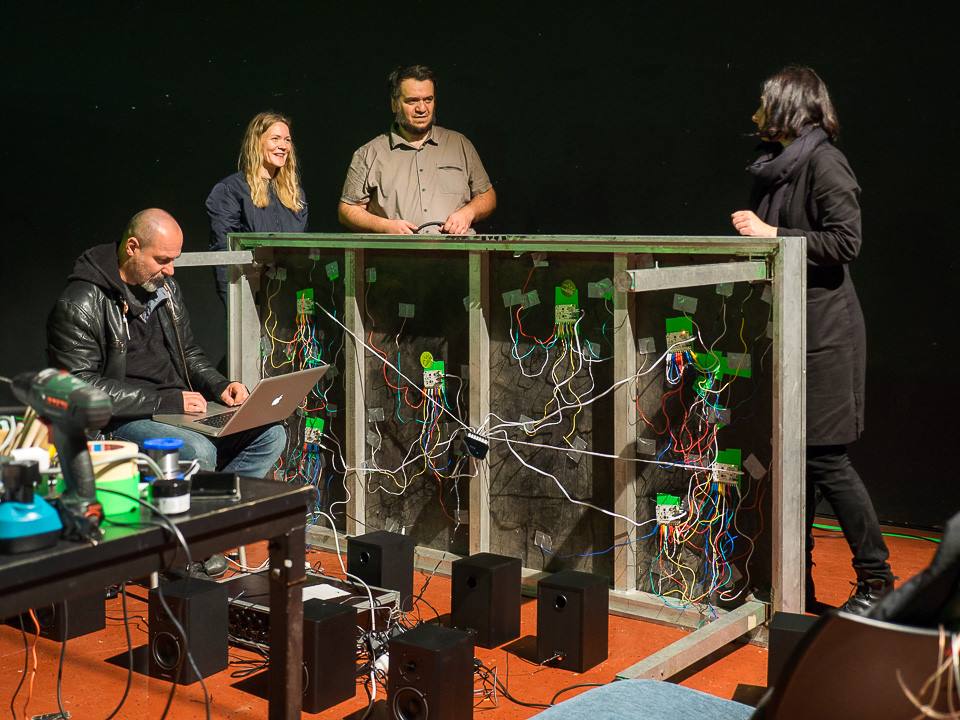
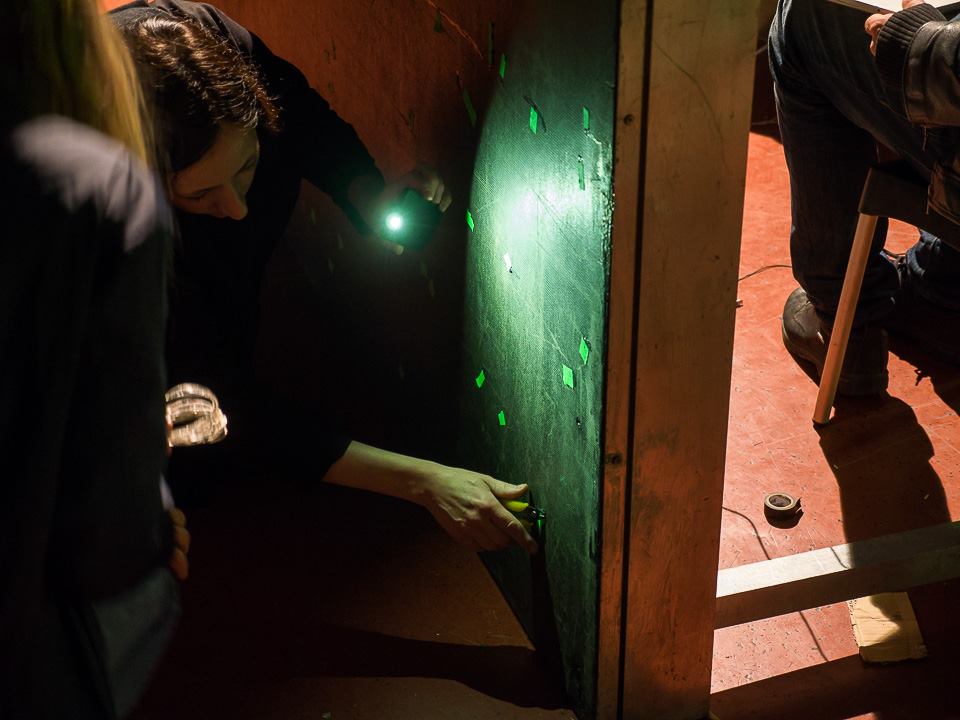

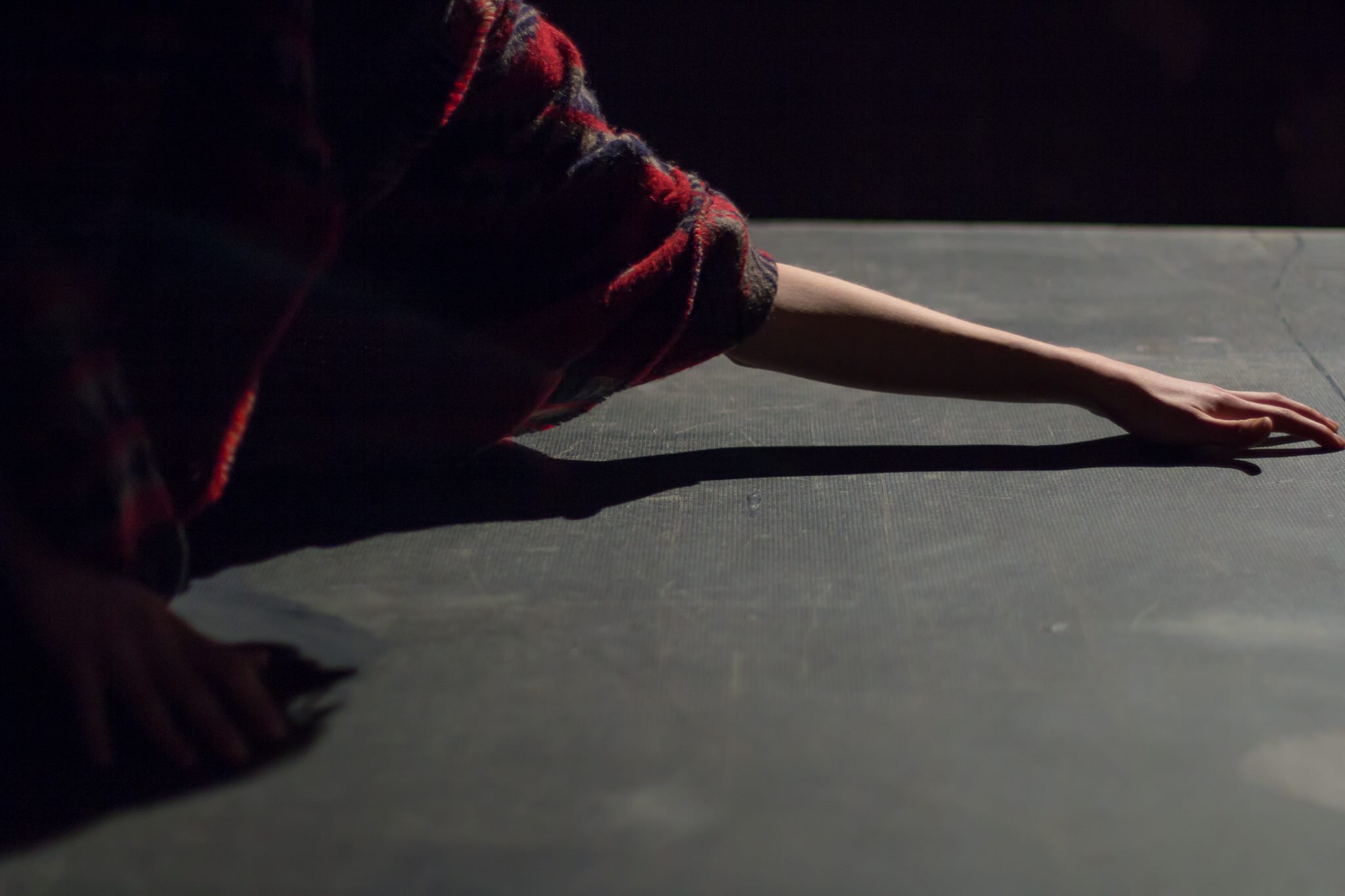
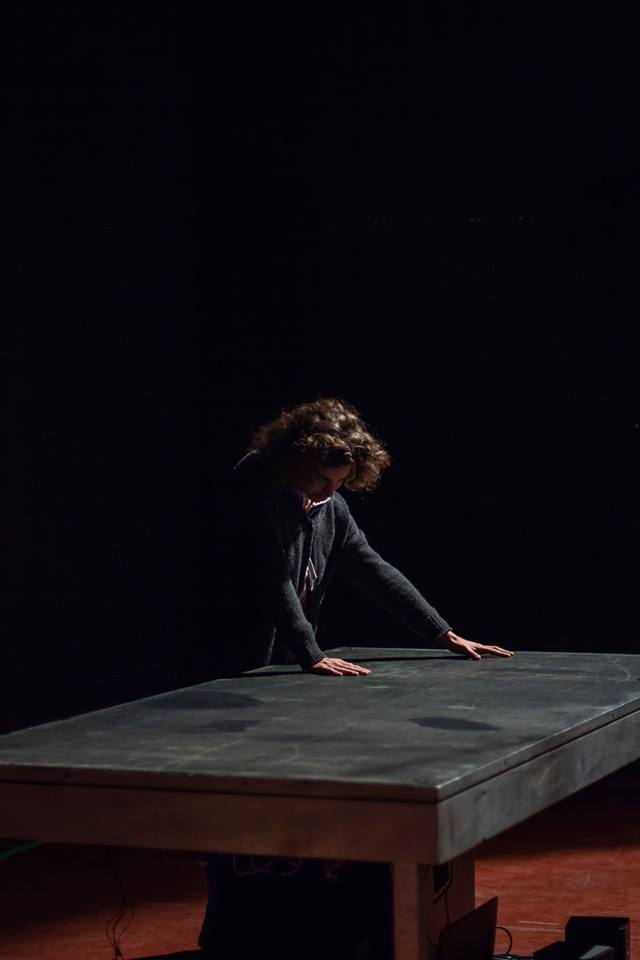
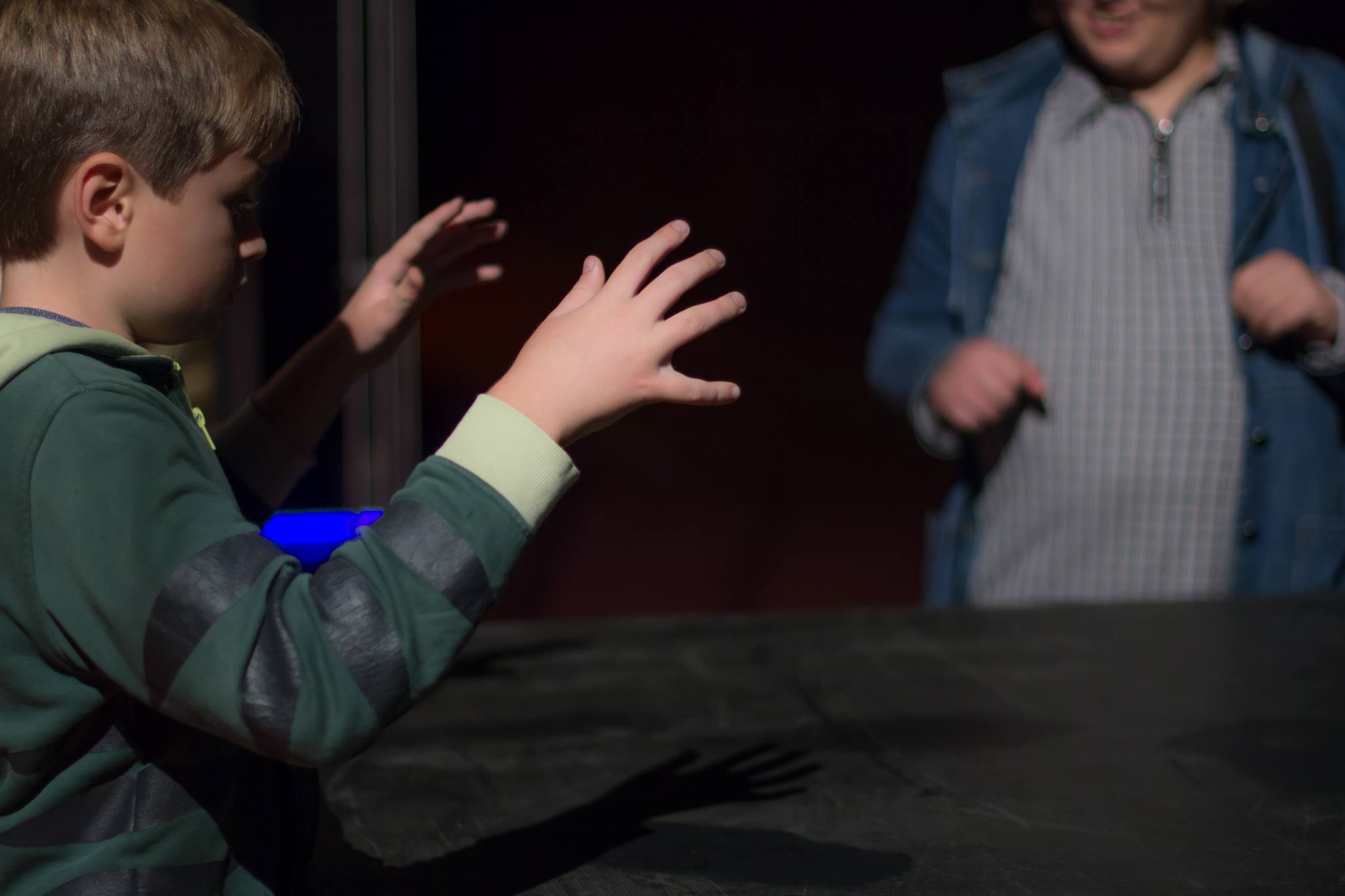

Recent Comments